Graphic design for social media gained prominence alongside the rapid rise of digital platforms, transforming the way brands and individuals communicate visually. Initially, there was one predominant trend, but now a myriad of graphic design styles flourish online. Regardless of the approach, social media design aims to capture attention, convey messages quickly, and enhance engagement. While it might initially appear overwhelming or overly polished, in truth, it offers creativity and adaptability--and is currently in the spotlight like never before. Elevate your digital presence with the following social media graphic design strategies and craft compelling content for your audience.
Branding elements
In graphic design for social media, branding elements play a crucial role in creating a cohesive and recognizable identity for a brand across various platforms. Designers meticulously choose a color palette that reflects the brand's personality and ensures consistency in every post, highlighting the core values and emotions the brand aims to evoke. Typography serves as another essential branding element, where the selection of fonts conveys an additional layer of the brand's tone and style, whether it be bold, playful, elegant, or minimalistic. Imagery and iconography tie everything together, with carefully curated visuals not only supporting the brand's narrative but also fostering familiarity and trust among the audience, allowing them to instantly recognize and engage with the brand amidst the digital noise.
Visual hierarchy
Visual hierarchy is an essential principle in graphic design for social media as it directs the viewer's eye to the most important elements first, ensuring the message is effectively conveyed. Designers use various techniques, such as size, color, contrast, and spacing, to guide the audience's attention, starting from bold and large headlines to smaller details like body text or brand logos. The strategic use of color can create focal points that make certain elements stand out, for example, using a bright color for a call-to-action button against a muted background draws immediate attention. Spacing, both around and within elements, is equally crucial; appropriate white space helps in creating sections that breathe, allowing the viewer to absorb information better without being overwhelmed, and facilitating a smooth navigation from one component of the design to another.
Color scheme
Choosing the right color scheme for social media graphic design is crucial as it influences both the emotional impact and brand recognition. Colors like blue and green often invoke feelings of trust and calmness, making them suitable for professional or health-related content, while red and orange can create urgency or excitement, ideal for promotions. Harmonizing primary colors with complementary or analogous shades ensures visual balance, enhancing the aesthetic appeal and legibility across various devices. Moreover, color psychology should align with the brand identity, ensuring consistent messaging that resonates with the target audience, thereby reinforcing the brand's presence and memorability in a visually saturated environment.
Typography selection
Typography selection plays a crucial role in social media graphic design, affecting both readability and the emotional tone of the message conveyed. Different typefaces can evoke distinct feelings; sans-serif fonts like Helvetica project modernity and clarity, whereas serif fonts such as Times New Roman can suggest tradition and reliability. Aligning typography with brand identity is essential, as mismatched fonts can lead to cognitive dissonance or dilute a brand's messaging impact. Designers must also consider the scale and hierarchy of typography elements, ensuring that primary text stands out immediately to guide viewer focus, while still maintaining visual harmony across smaller screen sizes to enhance overall user engagement.
Audience engagement
Graphic design for social media prioritizes audience engagement by crafting visually compelling content that resonates with viewers' interests and emotions. A strategic use of color palettes, typography, and layout can significantly enhance a post's immediacy, guiding the viewer's eye to key messages and encouraging interaction. Dynamic elements such as animation, infographics, and interactive features can also heighten engagement, inviting users to partake in polls, quizzes, or shareable content that fosters community. Contextual consistency across platforms ensures a recognizable brand presence, while data-driven insights inform design choices that align with viewer preferences, increasing the likelihood of likes, shares, and comments.
Content layout
Content layout for social media graphic design involves meticulously organizing visual elements to enhance user engagement and convey messages effectively. Designers prioritize hierarchy by using size, color, and contrast to draw attention to key information, ensuring that the most critical details are prominent. Typography choices are carefully considered, balancing readability with aesthetic appeal to maintain consistency with brand identity. Placement of images, icons, and text blocks is strategically arranged to create a visual flow that guides the audience's eye seamlessly across the layout without causing visual clutter.
Eye-catching graphics
Graphic design for social media prioritizes creating eye-catching graphics that can immediately attract users scrolling through their feeds. The use of bold colors and high contrast can make your content stand out in a sea of posts, ensuring it captures the attention of the viewer before they scroll past. Carefully chosen typography also plays a crucial role, as it must be readable and complement the overall design while conveying the message succinctly. Incorporating dynamic elements such as animations and interactive components can further engage the audience, transforming a static experience into an immersive one that encourages sharing and engagement.
Social media templates
Graphic design for social media thrives on the dynamic use of pre-made templates, which streamline the content creation process and ensure brand consistency across various platforms. These templates are meticulously crafted, often incorporating brand colors, fonts, and aesthetic elements that resonate with the target audience while allowing for quick adaptation to different types of content such as promotions, announcements, or engaging visual storytelling. Designers prioritize adaptable grids and modular layouts, enabling quick asset swapping to cater to specific channels like Instagram stories, Facebook posts, or Twitter graphics. Sophisticated tools like Adobe Spark, Canva, and Figma have revolutionized this space, offering intuitive drag-and-drop functionalities and collaborative features, thereby empowering marketers and designers to maintain agility and creativity in an ever-evolving digital landscape.
Visual consistency
Visual consistency in social media graphic design entails meticulously aligning color schemes, typography, and imagery to reflect a brand's unique identity while ensuring cohesion across multiple platforms. Brands harness specific color palettes that resonate psychologically with their audience, utilizing a harmonious blend of primary, secondary, and accent colors to evoke desired emotions and associations. Typography consistency further reinforces brand identity, where designers often choose a set of typefaces that maintain legibility and visual harmony, potentially customizing fonts to create a distinctive typographic voice. Imagery, whether it's photography or illustrations, maintains a consistent style, with considerations for filters, compositions, and themes, ensuring each post narrates a familiar visual story that strengthens brand recognition and encourages audience engagement.
Image resolution
Image resolution is critical in graphic design for social media, as it directly influences the visual clarity and professional presentation of content across varying platforms, ensuring that details remain sharp and colors remain true to intent when viewed on different devices. Each platform often has specific guidelines regarding optimal resolutions, such as Facebook's 1200x630 pixels recommendation for shared images, Instagram's 1080x1080 pixels for posts, and Twitter's 1024x512 pixels for shared photos, necessitating designers to tailor graphics to meet these unique requirements. Failure to adhere to these dictated dimensions can result in undesirable automatic cropping or resizing, potentially leading to pixelation or blurriness, thereby detracting from the viewer's experience and the brand's perceived quality. Furthermore, considering the fast-paced nature of social media scrolling, high-resolution images not only capture attention more readily but also infuse a level of professionalism and credibility that can significantly affect user engagement and interaction.






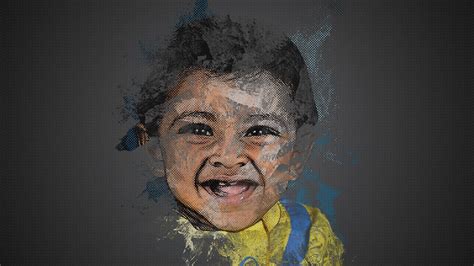
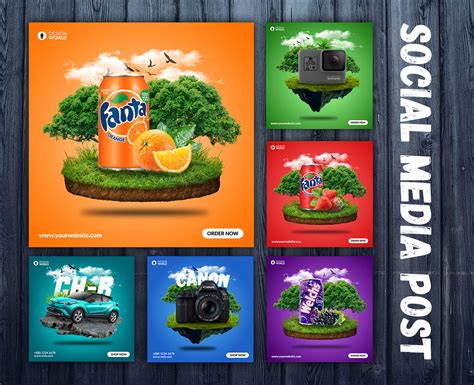
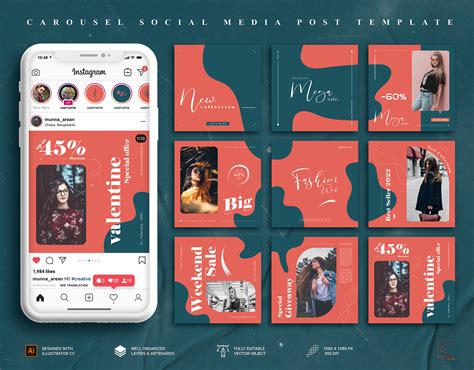
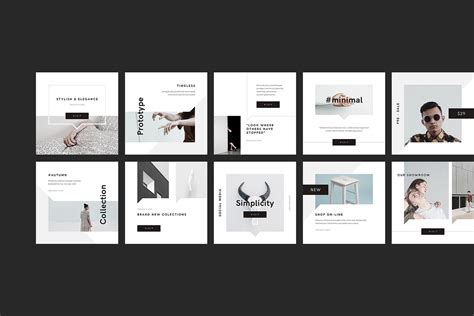

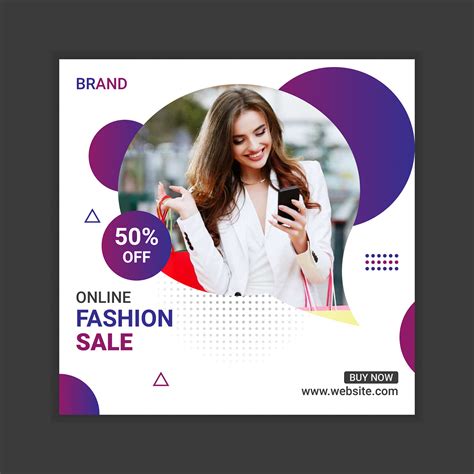
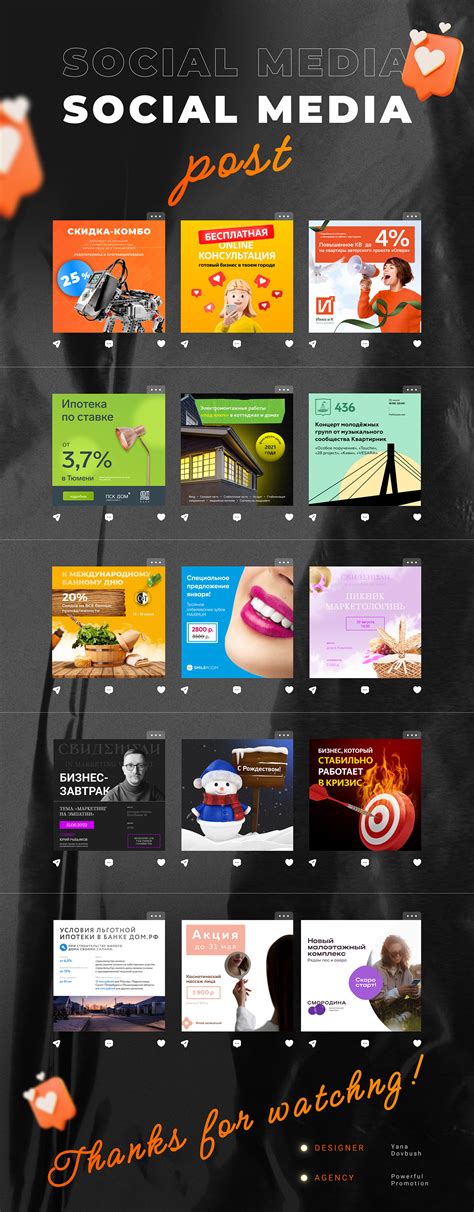
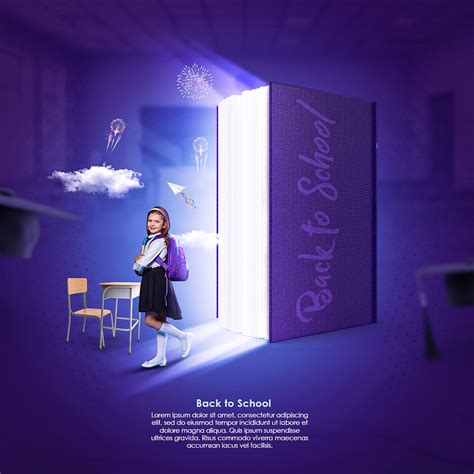

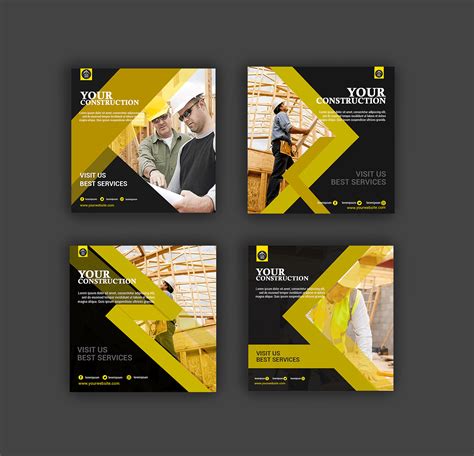
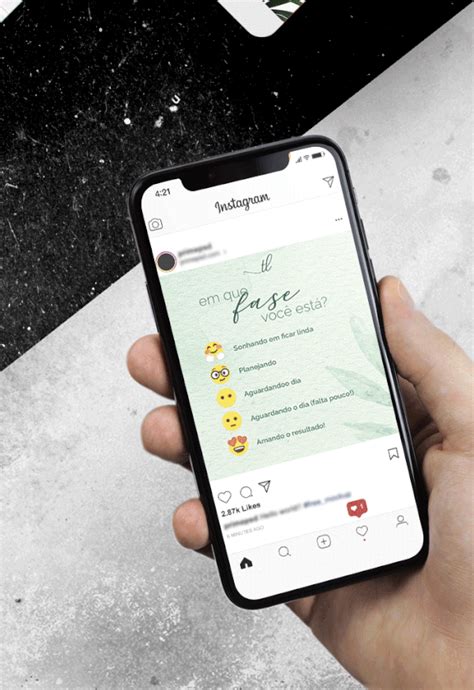
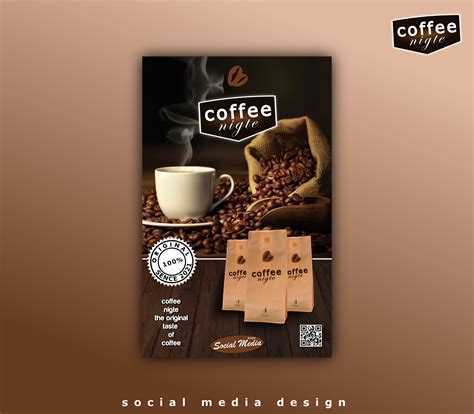



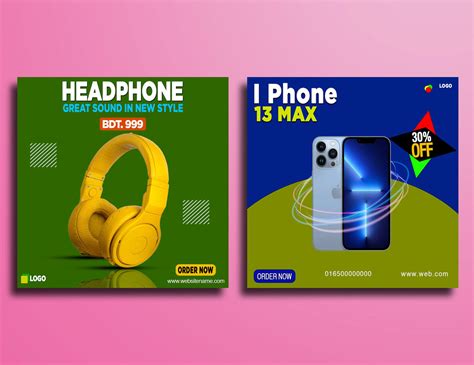
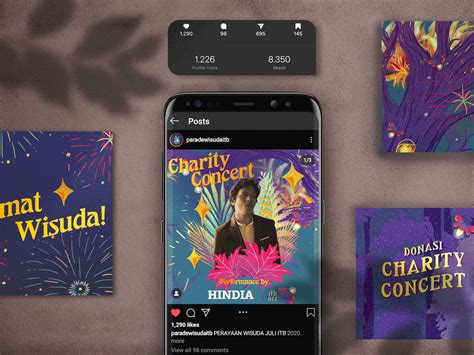

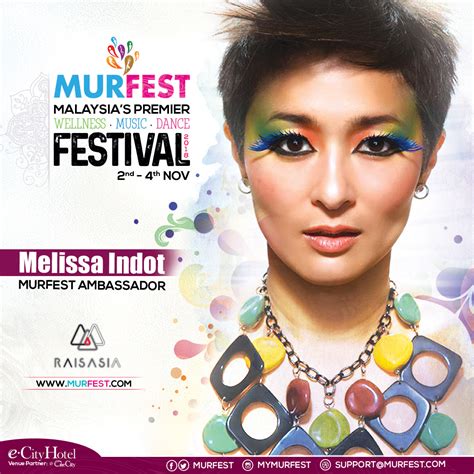
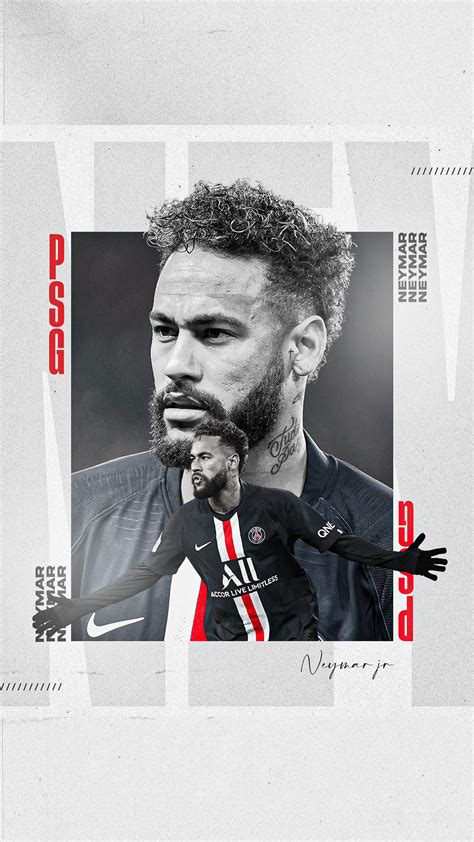


Leave a Reply
Your email address will not be published.